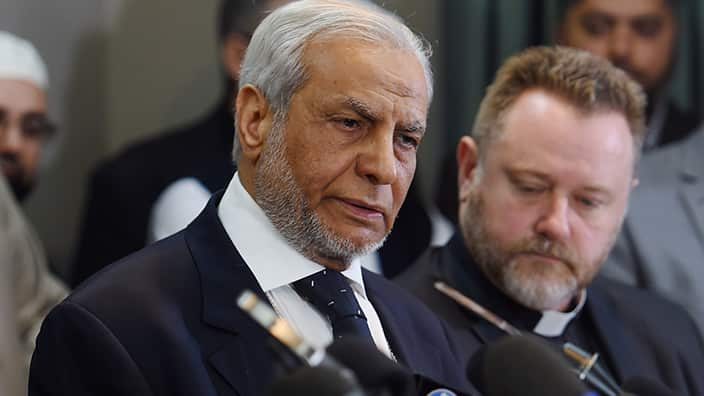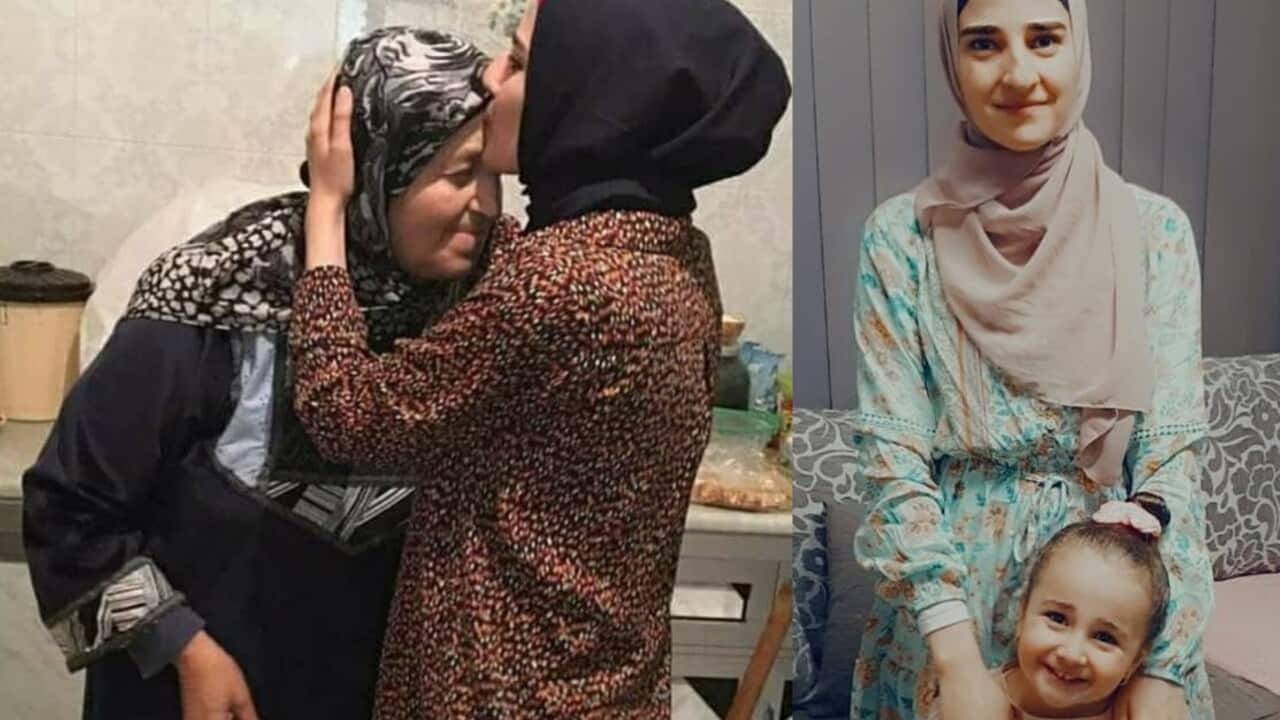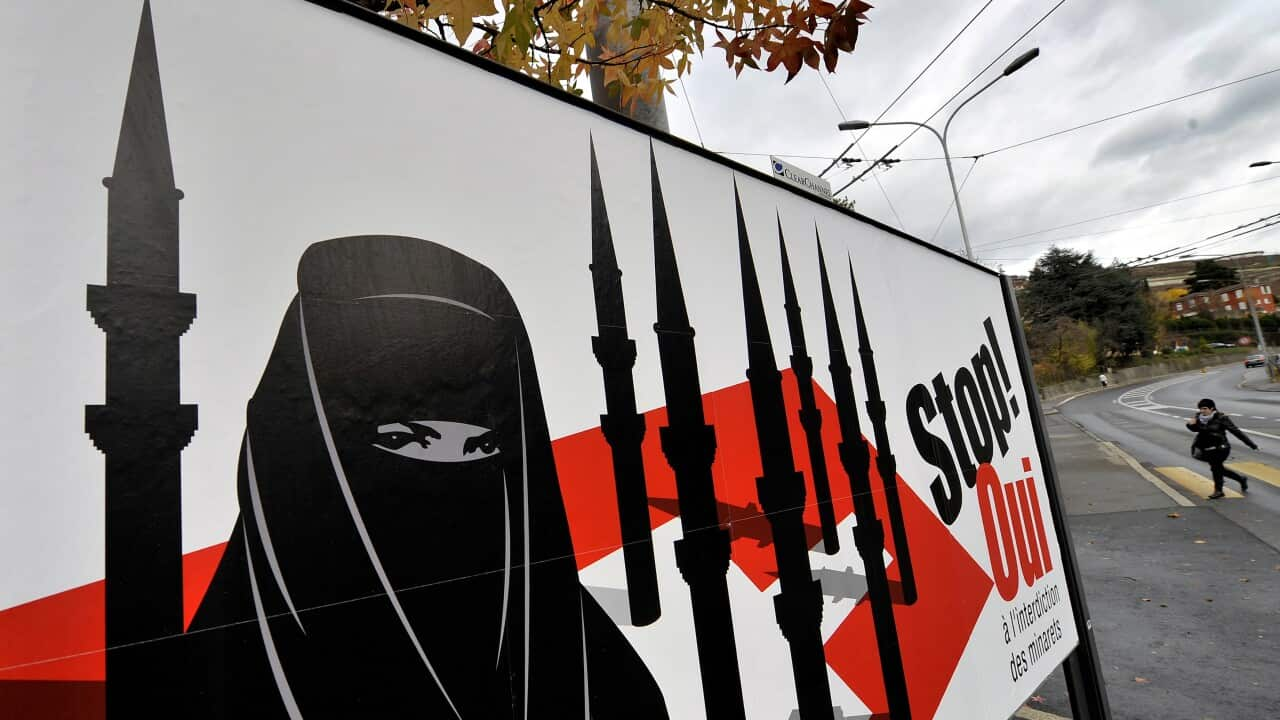Highlights
- The Hijab is one name for a variety of similar headscarves and is the most popular veil worn in Western countries.
- Lebanese-Australian mother Asma Chaouk says wearing the Hijab came as a "personal decision".
- Islamic studies expert Professor Ahmad Shboul says the practice of wearing the Hijab dates back centuries and takes on different meanings for different communities.
World Hijab Day is marked each year on February 1 and is an occasion dedicated to raising awareness about the traditional Muslim headdress worn by women while also deepening understanding about why it's worn.
However, since its establishment in 2013, the event has also shone a light on the different schools of thought regarding wearing the headdress, and that it is not always voluntary in some communities.
Wearing the Hijab is often seen by Muslim women as an expression of devotion, modesty and feminism, and the decision to wear it can be tied to love, obligation, family custom, or because they just want to.
However, wearing traditional Muslim garments such as the Hijab is sometimes seen in Western societies as a .
In countries such as Iran, Afghanistan and Saudi Arabia, wearing a form of headdress and face-covering is compulsory for women, while other countries exercise more moderate policies.
There have even been complaints of restriction or discrimination against women who wear the Hijab in some Middle Eastern countries.
Read more

What is Burqa, Niqab and Hijab?
Asma Chaouk arrived in Australia five years ago and she works in the field of e-marketing.
She shares her personal journey towards wearing the Hijab, which she says came as a “personal decision”.
“I was raised in a family that respected our choices,” she says, adding that she grew up in an atmosphere that “encouraged religious knowledge and deepening of understanding” of its concepts.
I was never asked to wear the Hijab, but I made this decision out of love from the bottom of my heart.
Ms Chaouk says she decided to follow in her mother’s footsteps instead of expressing the "common rebellion of a teenager" against parental and societal expectations.
She explains that she had a desire to fill an “inner void” and decided to wear the Hijab.
"I felt that something was missing within me; We were always striving to live our religion more fully, so I took this step with great confidence."
Any decision made consciously and with freedom is more prone to be lived with confidence and conviction, she asserts.
Thus, she advises parents to “not force your daughters to take this decision, but rather give them that choice. They must be ready and convinced of it”.
"Please do not force your daughters to wear the Hijab. The choice should be theirs. Your role lies in being a good example and giving advice."
Is it a religious obligation?
Despite her asserting that her decision was personal, Ms Chaouk believes wearing the Hijab is “obligatory”.
“I consider the Hijab to be a religious obligation. For me, it is a perfection and a religious obligation, and I am proud to be a veiled Muslim woman in this diverse society.
"I have never been intimidated in any form. In every denomination, there are people who carry intolerance they only represent themselves.
“Be proud of your Hijab and be a role model and pride for your Muslim faith.”
Regarding the subject, the Grand Mufti of Australia, Sheikh Dr Ibrahim Abu Muhammad tells SBS Arabic24: “All the obligations in Islam, are essential and obligatory for the believer, but every individual is called to take a personal choice to obey and abide by these obligations as there is no coercion in religion.” The position of the Hijab as a religious obligation falls within a legislative system that regulates the life of a Muslim in general and shares knowledge of it, Dr Muhammad says.
The position of the Hijab as a religious obligation falls within a legislative system that regulates the life of a Muslim in general and shares knowledge of it, Dr Muhammad says.

Sheikh Dr Ibrahim Abu Muhammad, the Grand Mufti if Australia. Source: AAP
“Accordingly, wearing the Hijab cannot be considered a cultural practice, rather it is an obligation, and the obligations are not optional for the believer," he says.
Sydney University academic and Islamic studies Professor Ahmad Shboul emphasises the historic and sociological perspectives of covering the head, which dates back centuries across a number of cultures, and is not only restricted to women.
Prof Shboul highlights that the practice of covering the head was exhibited in the three monotheistic religions.
“Despite being more observable in Muslim communities, this practice was associated also with Judaism and Christianity, yet it has survived in different manifestations, more particularly in the case of women as the traditional practices of these three monotheistic religions.”
He highlights that the covering of the head and hair is different from that of the face.
“Originally the ‘Hijab’ was meant as a means for isolating women, with the claim - by men - that this was for the women's own protection, which it was in certain social situations. I think this is the original sociological context of the ‘Hijab’ as mentioned in the Qur'an.
“Nowadays, some well-educated Muslim women choose to cover their heads [but not their faces] out of personal conviction, and perhaps also as a way of expressing cultural identity. I don't think that anyone should impose on a woman what she chooses to wear or not to wear.”






